Cherry Blossom Season: Beauty in Bloom, Allergy Woes in Tow
Cherry blossoms, with their delicate pink petals adorning trees in spring, evoke a sense of serenity and renewal. However, lurking amidst their beauty lies pollen – a potent allergen for many. When pollen particles are released into the air, they can trigger allergic reactions in susceptible individuals, including allergic conjunctivitis.
Symptoms of Allergic Conjunctivitis in Cherry Blossom Season
Recognizing the symptoms of allergic conjunctivitis is essential for prompt identification and treatment. Some common signs include:
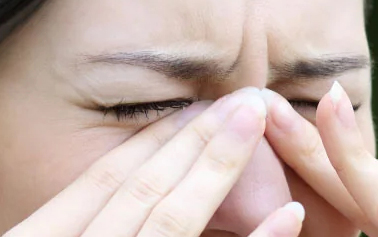
Itching
Persistent itching in the eyes is a hallmark symptom of allergic conjunctivitis, often leading to frequent rubbing of the eyes. As a result, the irritation may worsen.

Redness
The whites of the eyes may appear reddened or bloodshot due to inflammation caused by the allergic reaction. In addition, this can make the eyes appear tired or strained.
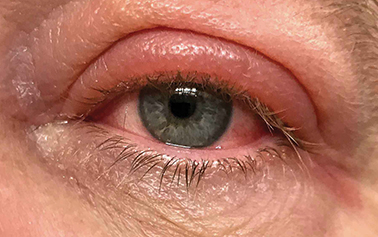
Swelling
Eyelids may become swollen or puffy, making it uncomfortable to open or close the eyes fully. Consequently, this can cause significant discomfort throughout the day.
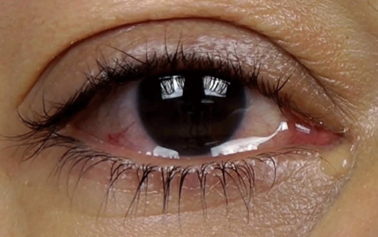
Watery Discharge
Excessive tearing or watery discharge from the eyes is another typical symptom, often mistaken for crying. This symptom can also make the eyes feel heavy or burdened.
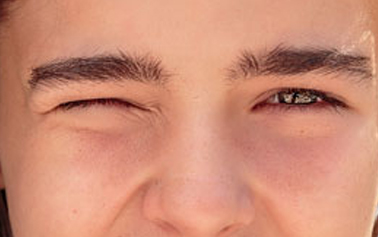
Light sensitivity
In some cases, individuals may experience heightened sensitivity to light, which can make normal activities more difficult. As a result, avoiding bright environments may become necessary.
Ocular allergies
Ocular allergies encompass various conditions, including seasonal allergic conjunctivitis, perennial allergic conjunctivitis, vernal keratoconjunctivitis, atopic keratoconjunctivitis, contact allergy, and giant papillary conjunctivitis. The rise in allergic diseases remains unclear, but experts link this trend to factors such as genetics, environmental pollutants, early childhood exposures, and lifestyle changes.
Diagnostic Approaches for Allergic Conjunctivitis
Diagnosing ocular allergies mainly relies on clinical evaluation. However, laboratory tests like skin prick tests and IgE antibody assays provide useful support. These tests help distinguish between intrinsic and extrinsic allergies, which in turn helps guide treatment options.
Treatment Options for Allergic Conjunctivitis in Cherry Blossom Season
Several treatments can help alleviate allergic conjunctivitis symptoms:
- Antihistamine Eye Drops (Pataday, Zaditor): These drops block histamine, thereby reducing itching, redness, and swelling.
- Mast Cell Stabilizers (Lascataf, Alomide, Crolom): These prevent histamine release, which can lower allergic symptoms.
- Non-Steroidal Anti-Inflammatory Drugs (NSAIDs): NSAID eye drops help relieve pain and inflammation.
- Corticosteroids: In severe cases, corticosteroid eye drops can reduce inflammation and swelling. However, they should be used cautiously and only under medical supervision.
- Cyclosporine Eye Drops (Restasis, XIIDRA, Cequa): While not a first-line treatment, cyclosporine may help chronic or severe cases by suppressing immune responses for long-term relief.
- Oral Antihistamines (Claritin, Allegra, Zyrtec): These can also be beneficial for managing allergy symptoms.
As cherry blossoms bloom, be aware of allergy triggers. If symptoms persist, consult an eye care professional for prompt treatment and relief.






